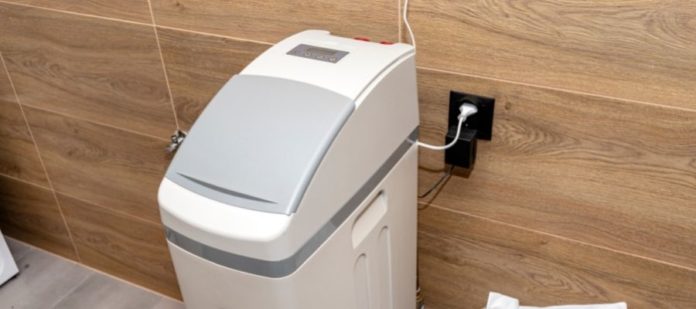Hard water is a major problem in most American households. The calcium and magnesium molecules can cause scale buildup in your pipes and make it much more difficult to clean soap off your dishes as well as yourself when you’re showering. A water softener can solve a lot of these problems, but you’ll need to maintain it so it lasts as long as possible. Read on to learn a few useful tips for extending your water softener’s life span.
Check Salt Levels
You should check the salt levels in your water softener every month or so. The salt is in the system’s brine tank—this is where the magic happens. Without proper salt levels, your softener won’t be able to soften! When you check the brine tank, make sure the salt pellets cover all the visible water. If they don’t, refill the tank to just under 2/3 full.
Optimize Settings for Your Home
Not every home requires the same level of softening—it all comes down to how many calcium and magnesium molecules are in your water. If your water doesn’t need the heavy softening treatment that other homes do, you can reduce the amount of salt you need to use and purchase. All you need to do is test your water to see what level of salt you need for your home.
Use Quality Salts
Most salts used in water softeners are potassium chloride or sodium chloride. If you use salt of a lower quality, you’ll notice that a lot of the salt doesn’t dissolve in the water. As time goes on, this can drastically reduce the efficiency of your water softener and even cause it to malfunction.
Check the purity levels of your salt when looking for new salt to buy. It’s also important to understand why water softeners need salt—as you remember from your childhood, learning is half the battle!
Now that you know these tips for extending your water softener’s life span, keep hard water at bay while increasing the efficacy of your water softener system.






















